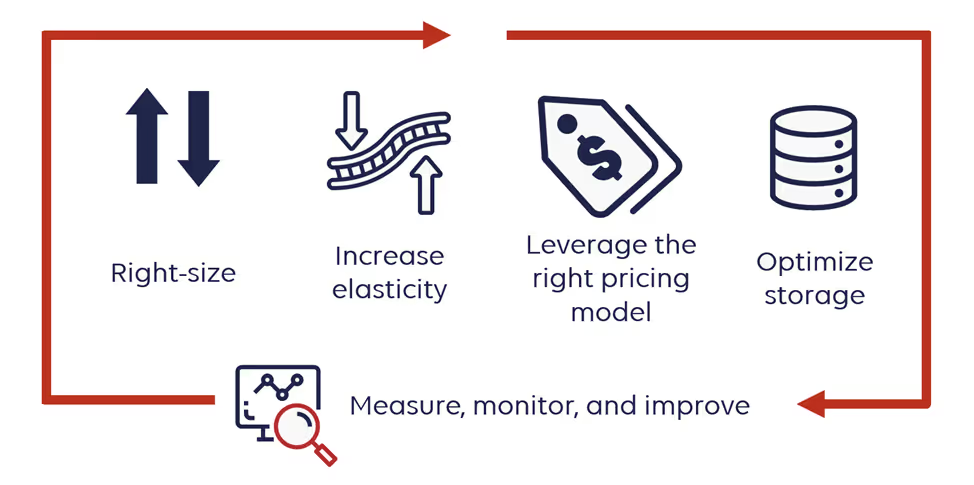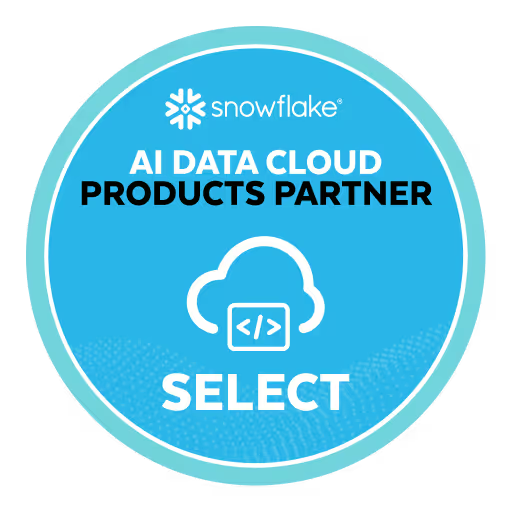Have you ever felt the frustration of looking at your cloud bill and wondering why it's skyrocketing? You’re not alone in this battle against rising costs.
For many businesses, cloud costs rise every month, and figuring out why can feel like an impossible battle. In fact, as per a report, companies waste an estimated 28% of their cloud spend due to inefficient usage and lack of visibility. That’s a lot of money.
Managing these costs manually, i.e., through reports and spreadsheets, takes time and effort and still leaves room for error. As businesses grow and cloud usage scales, these manual processes simply can’t keep up. That is why many businesses are now turning to AI agents to take control.
In this blog, we’ll compare AI-powered cloud spend optimization with traditional manual methods. This will help you understand what delivers more value and why it’s time to rethink your approach to managing cloud expenses.
What is Manual Cloud Spend Optimization?
Manual cloud spend optimization is the process of manually refining your cloud environment to minimize waste spending. In simple words, it involves manually controlling and reducing cloud costs by checking usage, identifying waste, and making changes.
The method relies heavily on IT or finance teams to regularly review cloud bills, usage reports, and dashboards. They need to understand what’s being used, what’s not, and where the company might be overspending.
Here’s how it works:

There are several techniques for manual cloud cost spend optimization. The most widely used one is tagging and tracking, where everything in the cloud, from storage to servers, is tagged. Once done, the finance team manually adds these tags and regularly checks which business teams are spending how much.
While manual cloud cost spend optimization can work, it takes time, skill, and constant attention. As the company grows and cloud usage increases, it becomes harder to keep up with this manually, and it’s easy to miss things. Let’s understand more about it in the next segment.
Limitations of Manual Optimization
Manual cloud spend optimization can help, but only to a certain point. Once the business operations scale and cloud usage grow, manual optimization offers little benefit.
Here are some key limitations of manual optimization:
1. Time-consuming process
With manual optimization, someone has to constantly check reports and analyze trends. For instance, reviewing every single virtual cloud/machine to see if it is oversized might take hours or even days. And this isn’t a one-time task; it has to be done over and over again.
2. Lack of real-time information
As discussed above, manual processes are slow. If a service suddenly spikes in usage or cost, the team might not notice it until the bill comes at the end of the month. This lack of real-time information makes it very difficult to control damage.
3. Prone to human errors and guesswork
People make mistakes. Someone might shut down the wrong resource or forget to apply a discount. Even experienced teams can make the wrong call due to a lack of full visibility.
4. Does not scale well
As companies grow and add more services, teams struggle to keep up. What worked for a small team with a few services often breaks down when there are hundreds of workloads to track.
Let’s take a quick example here:
Imagine a developer who used a testing server for a project but forgot to turn it off when the work was done. Nobody noticed it for two months, and during that time, hundreds of dollars were added to unnecessary cloud costs.
Why did this happen? Because with manual cloud cost optimization, no one was able to check every resource every week. Ultimately, this simple mistake cost the business much more than it should have.
It’s because of these limitations that businesses are turning to AI-powered agents. These digital assistants can handle this work faster, more accurately, and around the clock, bringing a sense of relief to the overwhelming task of manual cost optimization.
What Are AI Agents in Cloud Spend Optimization?
AI agents are AI-powered software programs designed to automatically monitor and manage cloud resources to help businesses save money. They are like digital agents working around the clock, ensuring your cloud services run efficiently without unnecessary costs.
Unlike manual methods, where human personnel have to regularly check and adjust cloud usage, AI agents can:
- Continuously monitor cloud usage: AI agents monitor all cloud activities in real-time.
- Automate storage adjustments: These agents automatically resize resources or shut down unused services.
- Analyze data patterns: AI agents study usage trends to predict future needs.
- Provide recommendations: AI agents suggest ways to optimize costs based on data insights.
- These AI agents offer a plethora of benefits for cloud spend optimization. Some of the most notable ones are as follows:
- Efficiency: They handle repetitive tasks swiftly and accurately.
- Cost Savings: By optimizing resource usage, they help reduce cloud expenses.
- 24/7 Operation: They work continuously without breaks.
- Scalability: They adapt to growing or changing cloud environments seamlessly.
AI Agents vs. Manual Methods
Here is a quick comparison between AI agents and manual methods to help you understand how the two differ when it comes to managing costs:
It is safe to say that if you are a small team with simple requirements, manual methods might work well for you. Only when your cloud usage grows will you require AI agents to save you time and work with a smarter, faster, and more scalable solution.
Using AI Agent like Raden for Effective Cloud Spend Optimization
Raden is an AI agentbuilt into the Revefi platform. It’s like having a super-smart and efficient team member who watches over your cloud setup 24/7 to ensure nothing is wasted.
Here’s how Raden helps:
- It can work as an autopilot and take complete control of things, automatically fixing issues such as wasteful spending or inefficient systems.
- Alternatively, it can work as a co-pilot if your team wants more control. In that case, Raden gives smart suggestions and guides the way without making decisions on its own.
Once you start using Raden, it can help you to:
- Real-time updates insights into cloud resource usage and costs
- Assess where your data spend is concentrated and whether or not it aligns with your business goals
- Make informed decisions to optimize resource allocation
You can get started with Raden in just 5 minutes without any complicated setup. Click here to get started and experience a 60% reduction in data spend and a 10x boost in operational efficiency.
Conclusion
Cloud costs are rising fast, and managing them well has become more important than ever. While manual optimization can still be useful in some situations, it's often slow, time-consuming, and prone to errors. On the other hand, AI agents like Raden are built to handle complex cloud environments quickly and efficiently.
They save time, cut costs, and boost team performance without constant human effort. So, if your end goal is to scale smartly, switching from manual methods to AI-powered cloud spend optimization might be one of the best decisions you can make.
Click here to get started!



.avif)







